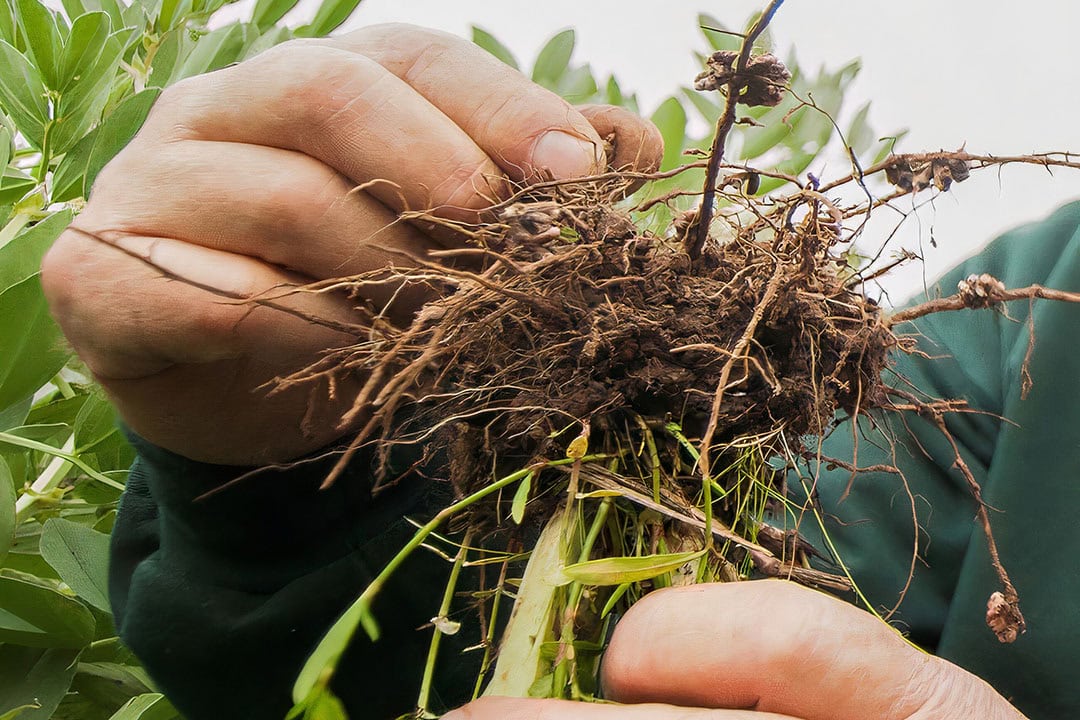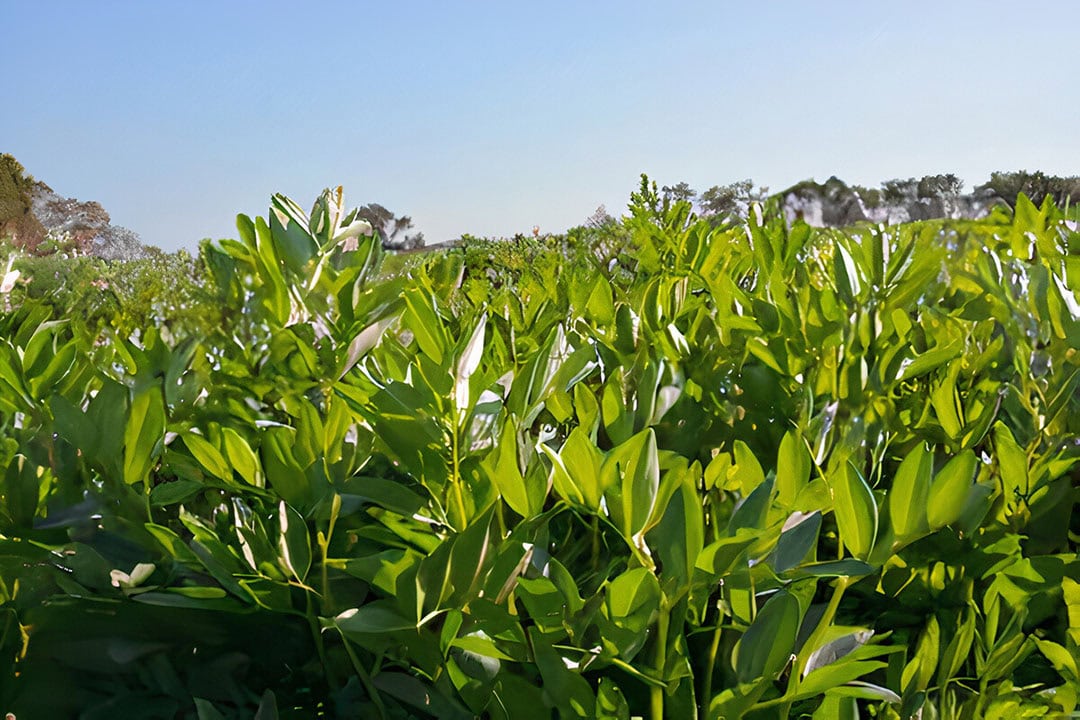Rhizobia strains with increased tolerance to soil acidity

Australian researchers have developed improved rhizobia strains with increased tolerance to soil acidity for faba bean, field pea, lentil and vetch. The first of the acid tolerant rhizobia strains could be commercially available in 2022, the Grain Research & Development Corporation (GRDC) expects.
The increasing prevalence of acidic soils is hampering the expansion of most pulse crops. Soil acidity could be the cause of unexplained yield losses for grain growers, according to the GRDC, with researchers recently reporting a growing problem in South Australia.
Nitrogen fixation
The nitrogen fixation process requires rhizobia (root nodule bacteria) to be present in adequate numbers in the soil to enable nodulation on the legume’s root system as the seedling grows. “In acidic soils where rhizobia for most pulses struggle, adequate levels of rhizobia are less likely to be present even if the legume was previously grown in the paddock, and rhizobia will need to be added to the seed or soil at sowing, using an inoculant”, the GRDC emphasises.
Rhizobia sensitive to soil acidity
The rhizobia that form nitrogen-fixing nodules on legumes in the inoculation groups with field pea, faba bean, lentil and vetch (E/F) and the inoculation group with chickpea (N) are sensitive to soil acidity, especially below pH 5.5 CaCl2 (pH measured in calcium chloride). Lupin rhizobia are more tolerant of acidic soils.
Two elite group E/F strains have been found to increase nodulation compared to the current inoculant strain in field trials where soil pH ranged from 4.6-5.0.
Improved rhizobia strains
Growers can improve their chances of successful nodulation by following some simple steps, researchers with the Department of Primary Industries and Regions’ research division, the South Australian Research and Development Institute (SARDI), advise.
Their recommendations have been drawn from a GRDC investment which aims to improve nitrogen fixation in pulses through development of improved rhizobia strains, inoculation and crop management practices.
Text continues below image

Peat inoculant applied as a slurry
Peat inoculant applied as a slurry to seed is the most common method used by growers and is reported to provide consistent and high levels of nodulation across a broad range of environments. The researchers found this method provided satisfactory nodulation in their studies when used to deliver the acid tolerant strains of rhizobia. Granules on occasion have provided additional benefit.
Doubling the inoculation rate can help improve nodulation, growth and yield while liming programs are instigated to increase soil pH. Grain growers intending to sow legume crops in acidic soils are advised to adopt a strategic approach to inoculation to optimise nodulation.
Benefit of nitrogen fixation process
Growing grain legumes in a crop rotation can contribute more than 100 kilograms per hectare of ‘fixed’ nitrogen to the soil for the benefit of future cereal and oilseed crops. This nitrogen fixation process in legumes has a national benefit of close to US $ 3 billion annually in Australian cropping systems.
Through the GRDC investment led by Mallee Sustainable Farming (MSF) – in collaboration with SARDI, other farming systems groups, various consultants and AgCommunicators – an Inoculating Legumes in Acidic Soils Fact Sheet has been published.
The fact sheet states that when sowing into acidic soils, particularly when combined with dry sowing or application of pesticides to the seed, the survival of rhizobia and the success of nodulation and subsequent performance of the pulse crop can be significantly reduced.
“In areas where grain legumes are to be grown for the first time, inoculation is essential as the rhizobia will not be present in the soil”, according to the fact sheet. “If the same pulse crop has been grown infrequently (not in the past four years), or the soil pH is less than pH 5.5, it is likely that rhizobia numbers will be low and inoculation will provide benefits.”
Living rhizobia
When using inoculants, growers are applying living rhizobia. The more rhizobia that survive between inoculation and plant germination, the greater the potential for prompt and abundant nodulation.
Care must be taken if growers intend to inoculate seed which has been treated with fungicide or insecticides. Where pesticide application is necessary, the inoculant is best applied to seed and sown into moist soil as quickly as possible. Alternatively, granular inoculant may provide a better option as this reduces direct exposure of the rhizobia to the pesticide.
Text continues below image

Soil pH testing
SARDI researcher Dr Liz Farquharson says growers sowing into acidic soil conditions can consider a number of options to improve the chances of growing successful pulse crops. “The first step is to measure the soil acidity and determine if it is likely to limit nodulation and crop growth”, she points out.
Dr Farquharson says soil acidity can be identified by using soil pH test kits available from gardening centres, which provide quick general guidance on soil acidity levels and whether pH varies down the soil profile. This should be backed up with analysis by commercial soil testing laboratories which measure pH in calcium chloride and are much more accurate than the garden pH kits.
“Careful soil sampling to assess variability across each paddock and to depth is important,” Dr Farquharson explains. “Traditional soil testing strategies, which sample to a depth of 10 centimetres, can sometimes mask a diagnosis of acidity. This can occur because although the average soil pH to 10cm may be neutral, there may be distinct alkaline and acidic zones within or below the top 10cm of the soil profile.”
Soil acidification is a byproduct of productive farming systems, and soil pH will continue to drop unless neutralised with lime applications. Acid tolerant strains and double inoculation rates will help improve the reliability of pulse production on moderately acidic soils, while liming programs are instigated.



